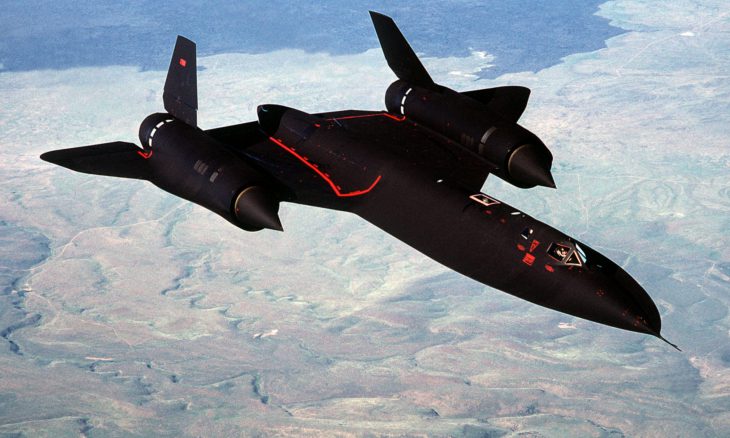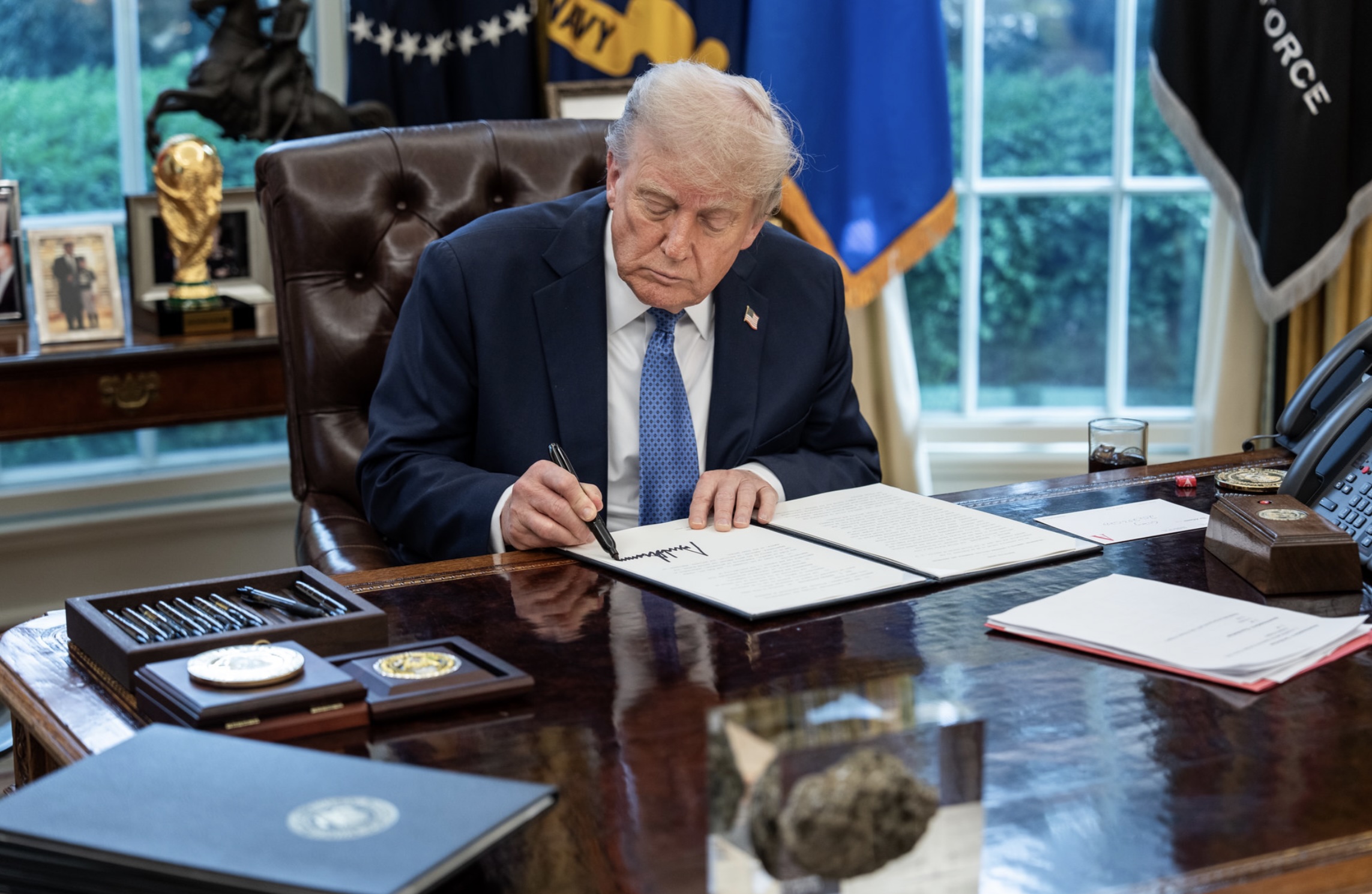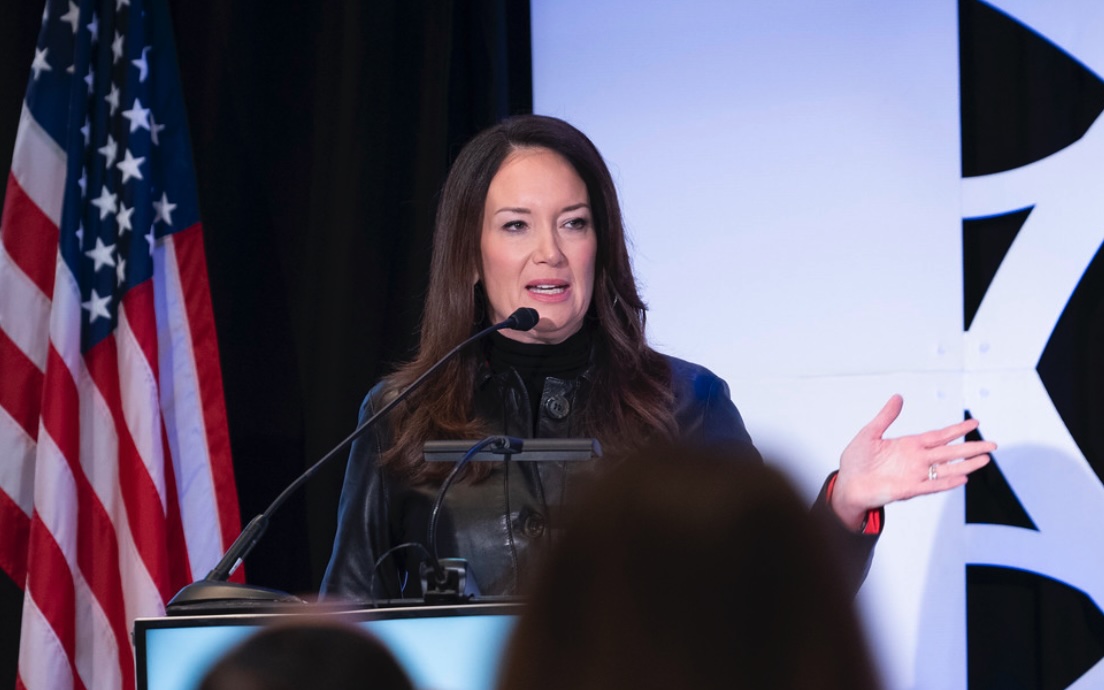Action may indicate that the U.S. will allow the New START Treaty to lapse.
An Open Skies treaty was first proposed in 1955 by President Dwight D. Eisenhower, but it was not until 1992 that it was signed by President George H.W. Bush, taking effect in 2002. The idea is to let member nations make unarmed surveillance flights over each other’s countries in an effort to build trust and avert conflict.
On Thursday, the intention to withdraw from the 35-nation treaty was announced by the United States. President Trump’s Administration said Russia has repeatedly violated the terms of the pact. Based on the treaty’s withdrawal terms, the pullout will formally take place in six months. The decision follows a six-month review that found multiple instances of Russian refusal to comply with the treaty.
Images obtained by flyovers can be more quickly accessed through the use of satellites.
NATO allies and other countries like Ukraine have urged Washington not to withdraw from the treaty. Some lawmakers on the Foreign Affairs and Armed Services committee in both the House and Senate have expressed disapproval of a withdrawal from the treaty as the entire world grapples with the coronavirus. They said it could undermine U.S. agreements with European allies who rely on the treaty to keep Russia accountable for its military activities in the region.
The decision to abandon the Open Skies Treaty could indicate that the U.S. will allow the New START Treaty to lapse. The president has until February to extend it for up to five years. It is the last remaining restraint on deployments of U.S. and Russian strategic nuclear warheads and delivery systems to no more than 1,550 each.
As the Lord Leads, Pray with Us…
- For President Trump, Defense Secretary Esper, Secretary of State Pompeo and others as they move forward with the withdrawal of the U.S. from the Open Skies Treaty.
- About the validity of the treaty if Russia constantly flouts flight restrictions.
Sources: Reuters, Market Watch










